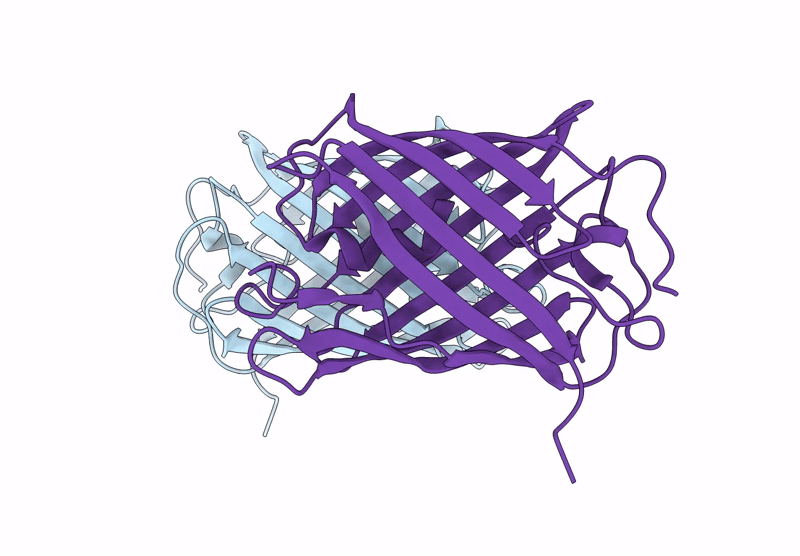
Deposition Date
2025-01-26
Release Date
2025-04-23
Last Version Date
2025-05-14
Method Details:
Experimental Method:
Resolution:
2.20 Å
R-Value Free:
0.27
R-Value Work:
0.23
R-Value Observed:
0.23
Space Group:
P 21 21 2


